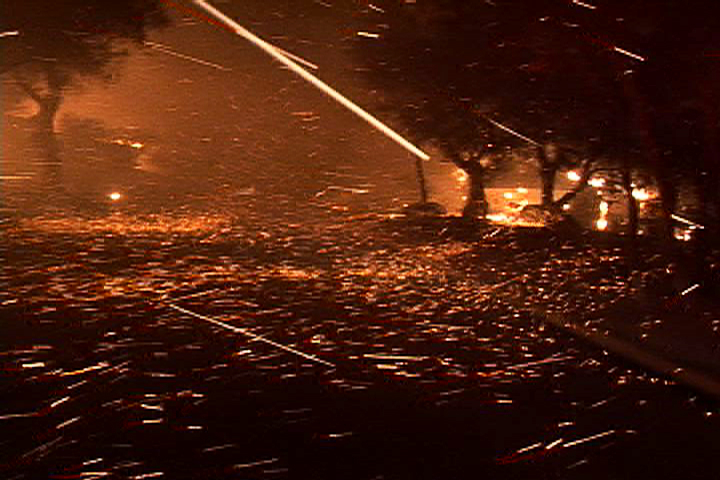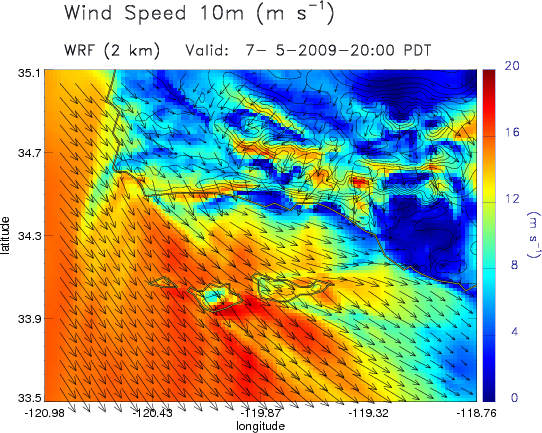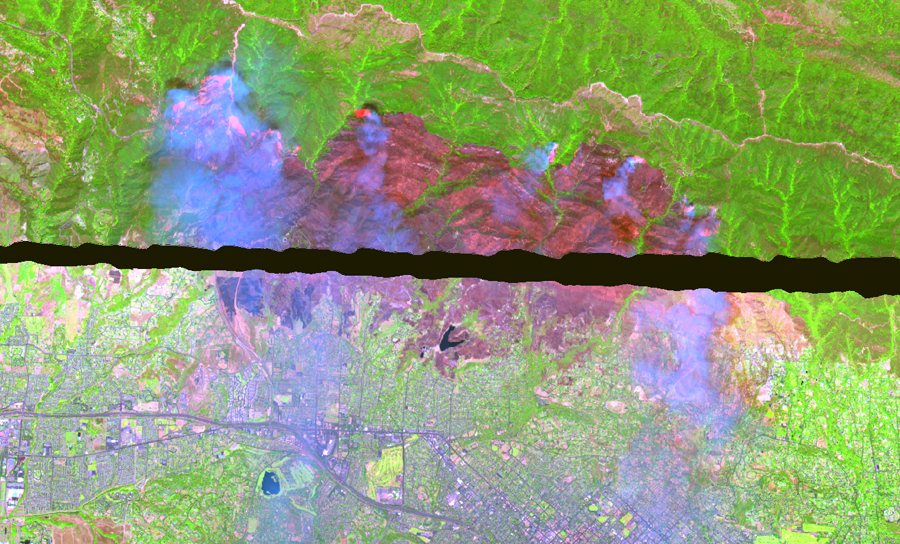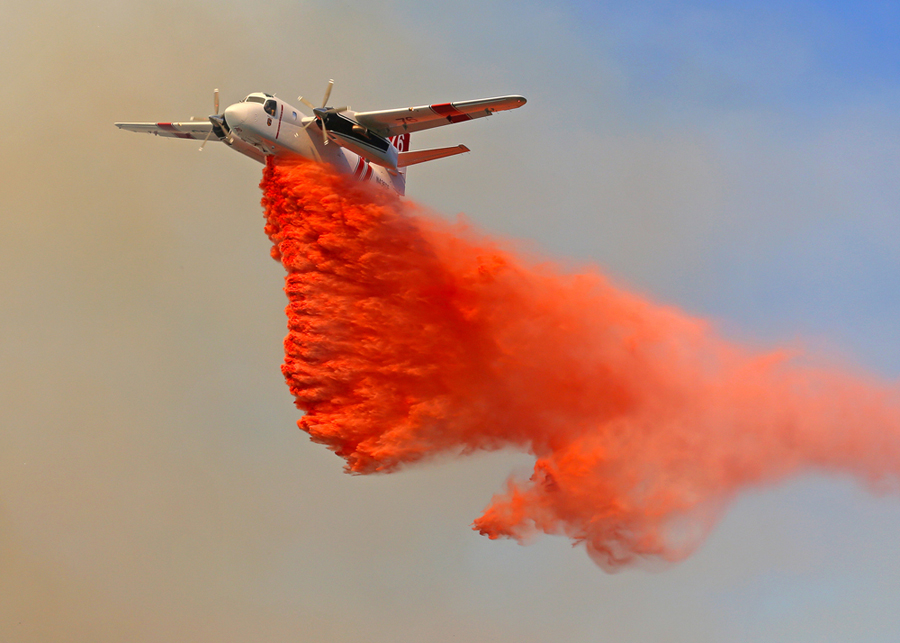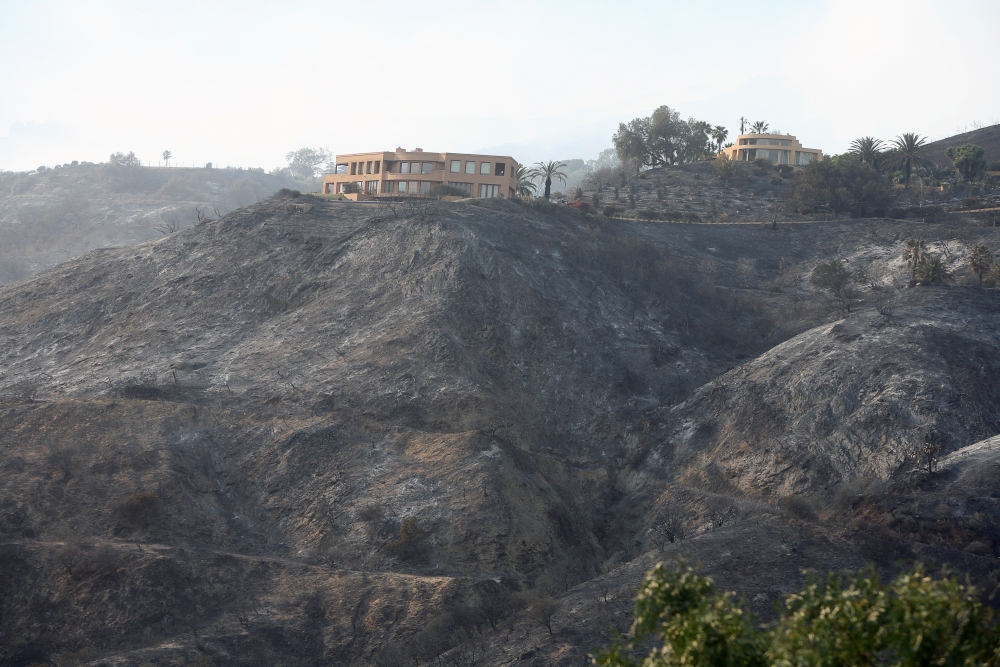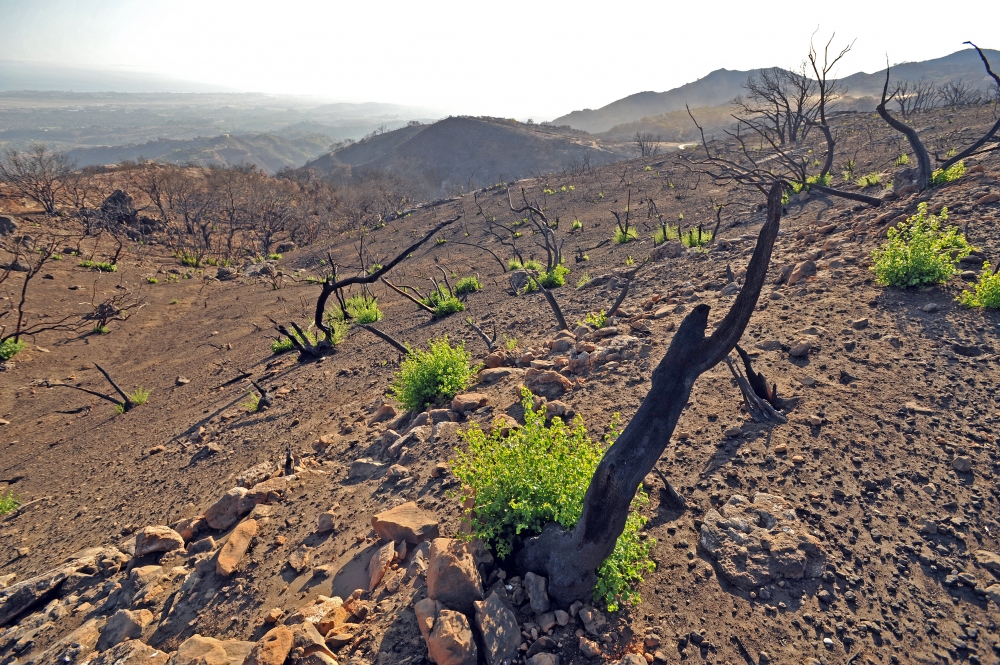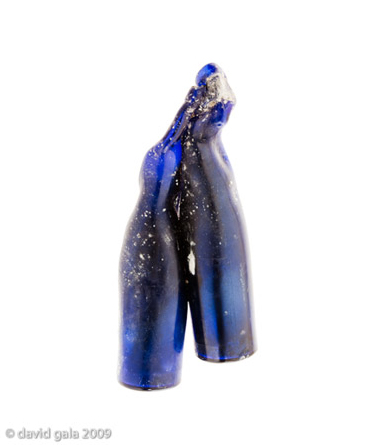Memories of Fires Past
Anyone who lives in Santa Barbara can’t help but fall in love with the mild climate, the lush greenery and the foothills that serve as a picturesque backdrop for the seaside community.
But anyone who lives in Santa Barbara long enough also comes to realize the more dangerous aspect of life in paradise: wildfires. Fires occur naturally in this semi-arid environment, but when they spark at the urban-wildland interface — where civilization meets nature — they can be a dramatic and destructive force. Raging blazes fueled by dry vegetation and amplified by Sundowner winds are pushed down the foothills, where homes lie directly in their paths.
As extraordinary as they may seem, wildfires are part of the landscape, seasonal phenomena that the ecosystem relies on to open seed pods and distribute mineral-rich ash into the soil. And, unwilling to give up their spot in what is an otherwise idyllic place, generations of Santa Barbarans have also learned to adapt to these periodic scourges.
In “Burn Cycle: Sharing Land with Wildfire,” local artist and curator Ethan Turpin presents an intimate view of life with fire. The exhibition, installed on the first floor of the UC Santa Barbara Library, has been commissioned by the library, in conjunction with the Bren School of Environmental Science & Management. It examines wildfire in the context of a changing climate, and is free and open to the public from Feb. 8 through May 30. Turpin will give an artist talk at 4 p.m. Feb. 19 in the Mary Cheadle Room on the third floor of the library and a reception will follow.
“I’ve chosen works that speak to the elemental phenomenon of wildfires and their ability to transform the environment rapidly, often after being dormant for decades,” said Turpin. The exhibition tells the story through a variety of materials, including pieces from the library’s Department of Special Collections as well as from its Map and Imagery Laboratory. It looks at the aftermath of wildfire from the air to show the entire scope of its damage, and also at individual tragedies on the ground, with artifacts from recent fires.
The ongoing drought, already documented as the driest year on record, serves as both reminder and warning that, despite everyone’s best efforts, the threat of a major wildfire is never very far away. Drought conditions increase the amount of dry foliage fuel and decrease the interval between major fire events, said Naomi Tague, professor in the Bren School and one of the leaders of the interdisciplinary Strategic Environmental Research Initiative (SERI) on wildfire. One of SERI’s goals is to help people understand the nuances of living in a fire-prone area as opposed to just reacting to wildfires when they occur.
“I’m hoping the exhibit makes people think more deeply about fires,” she said, “that they’re something that we have to live with.”
“Burn Cycle” is presented in conjunction with UCSB Reads, a community-wide reading program that this year features “The Big Burn: Teddy Roosevelt and the Fire That Saved America” by Timothy Egan. The UCSB Library is sponsoring numerous other events throughout February and March as part of UCSB Reads 2014.
The exhibition runs through May 2014. The UCSB Library is open to the public from 8 a.m. to midnight Mondays through Thursdays, 8 a.m. to 9 p.m. Fridays and 10 a.m. to midnight Saturdays and Sundays.
For more images of wildfire artifacts — curated by Turpin's colleague and Tea Fire survivor David Gala, click here to see the Tea Fire Art Project.
